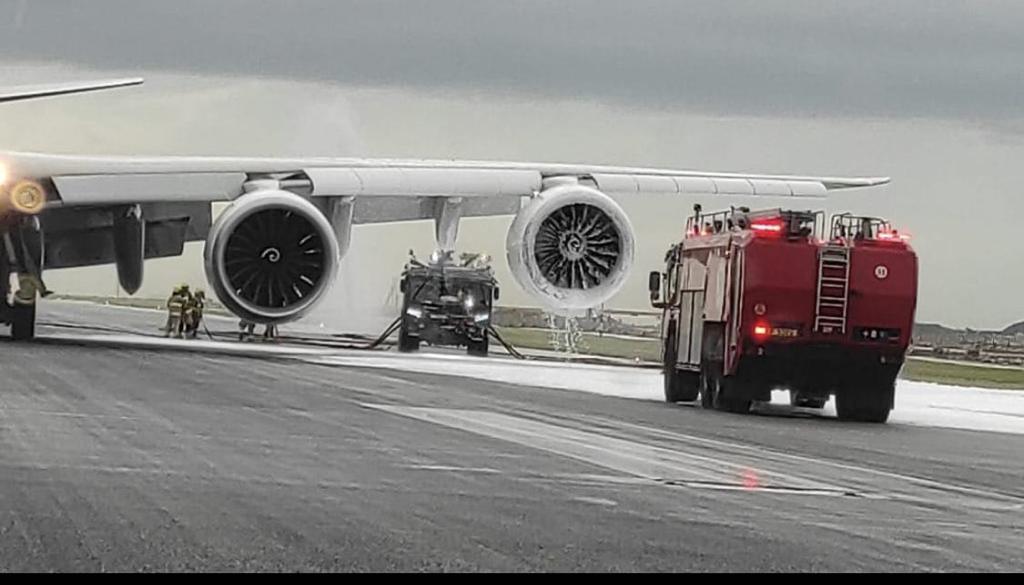

In September 1940, the Tizard Mission traded British research, including the cavity magnetron, that would make self-contained interception radar installations practicable, for American production. General Emmons was informed of the new Airborne Intercept radar (AI for short), a self-contained unit that could be installed in aircraft and operated independently of ground stations. Emmons, was briefed on British research in radar (RAdio Detection And Ranging), which had been underway since 1935 and had played an important role in the nation's defense against the Luftwaffe during the Battle of Britain. Air Officer in London, Lieutenant General Delos C. In August 1940, 16 months before the United States entered the war, the U.S. Development Ĭlose-up view of the P-61 radar operator's compartment in the rear of the fuselage, East Field, Saipan, Mariana Islands, 20 July 1944. The P-61 was also modified to create the F-15 Reporter photo-reconnaissance aircraft for the United States Army Air Forces and subsequently the United States Air Force. On the night of 14 August 1945, a P-61B of the 548th Night Fighter Squadron named Lady in the Dark was unofficially credited with the last Allied air victory before VJ Day. The last aircraft was retired from government service in 1954. After the war, the P-61 was redesignated as the F-61 and served in the United States Air Force as a long-range, all-weather, day/night interceptor for Air Defense Command until 1948, and for the Fifth Air Force until 1950. It replaced earlier British-designed night-fighter aircraft that had been updated to incorporate radar when it became available. Developed during the war, the first test flight was made on May 26, 1942, with the first production aircraft rolling off the assembly line in October 1943.Īlthough not produced in the large numbers of its contemporaries, the Black Widow was operated effectively as a night fighter by United States Army Air Forces squadrons in the European Theater, Pacific Theater, China Burma India Theater, and Mediterranean Theater during World War II. 50 in (12.7 mm) M2 Browning machine guns in a dorsal gun turret. Named for the North American spider Latrodectus mactans, it was an all-metal, twin-engine, twin-boom design armed with four forward-firing 20 mm (.79 in) Hispano M2 autocannon in the lower fuselage, and four. warplane designed as a night fighter, and the first aircraft designed specifically as a night fighter. Even the aircraft flight characteristics are highly realistic.The Northrop P-61 Black Widow is a twin-engine United States Army Air Forces fighter aircraft of World War II. Game play has been designed by real-world air traffic controllers and commercial pilots. Airport designs are based on real-world layouts. Our terrain is built from real-world earth data.

In addition to a UI refresh, the big change since Volume 1 is the all-new Career Stats page, which lets you track your ongoing performance history across all eight airports.

View the action from the Pilot Cams, the Sky Cam, Tower Cam or Runway Cam. Scan your radar screens for potential conflicts between aircraft. Listen to human pilot voices as the aircraft obey your every command. Choose good weather or bad, adjust the tower height to your preference, then do your best to manage jet traffic into and out of eight different real-world airports. Push traffic as quickly as you can, while avoiding midair collisions. Like the first volume, Airport Madness 3D gives players a 3-dimensional air traffic control experience, from a control tower perspective. Airport Madness 3D: Volume 2 offers eight new airports, new aircraft, more gates, and sharper detail.


 0 kommentar(er)
0 kommentar(er)
